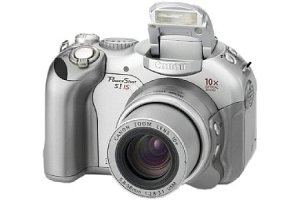My first digital camera was a Canon Powershot S1 IS. It came out in 2004 and it was a mirrorless camera that even had an EVF, IS and video (640x480). Of course today's mirrorless cameras are much better, but mirrorless cameras are not something shiny new. DSLRs felt like a huge progress back then, because they gave you back the OVF. They combined the best of the analouge and the digital world. That's why going back to mirrorless cameras feels like a step back for me. New cameras should only have additional feature instead of getting rid of features that we loved for many years.

I must admit that the the EVF of the R3 with the OVF simulation turned on is the best EVF I ever saw on a digital camera. Even the higher resolution EVF of the Sony A1 can't compete with that. Such an EVF can at least make you forget that you have an EVF in most situations. The sun will always look strange on such an EVF though. An OVF has an unlimited dynamic range without blown out highlights.

I must admit that the the EVF of the R3 with the OVF simulation turned on is the best EVF I ever saw on a digital camera. Even the higher resolution EVF of the Sony A1 can't compete with that. Such an EVF can at least make you forget that you have an EVF in most situations. The sun will always look strange on such an EVF though. An OVF has an unlimited dynamic range without blown out highlights.
Upvote
0
